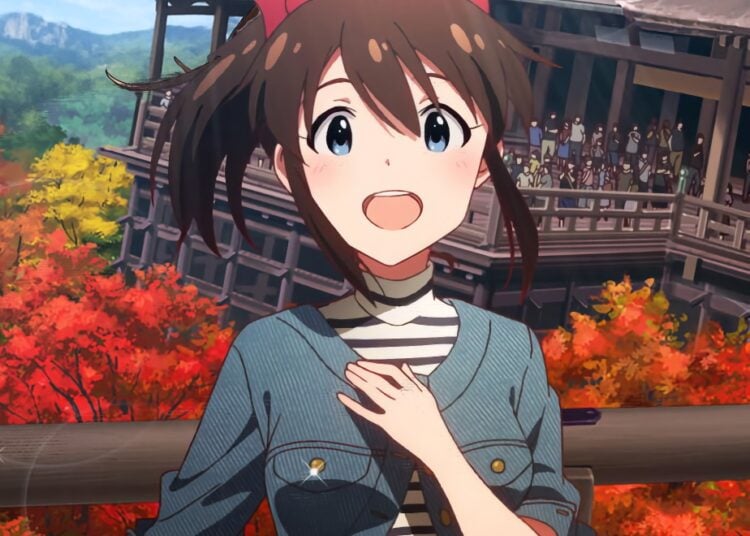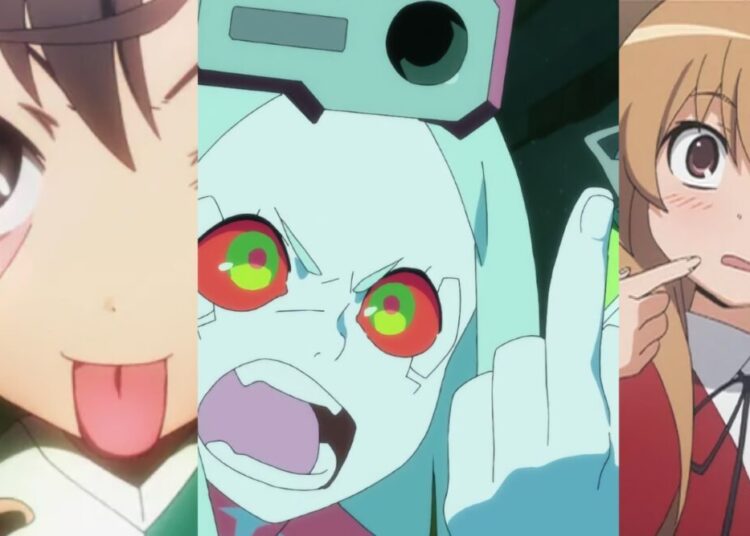Just as Americans are accustomed to thinking of our country as a union of semi-soverign states, each with its own unique history and traditions, one of the hallmarks of Japan is “uniformity.” During my bachelor days I travelled around the country quite a bit, going from cold but vibrant Hokkaido in the north, through the barren Northern Honshu area where sad enka songs were born, and all the way down to modern, bustling Hiroshima, and one thing that has always stood out for me was how similar many thing were. Roads, signs, telephone poles, the way schools are constructed, all seem to be following one master blueprint, with little or no variation between regions. There are exceptions of course — the cold climate of Northern Japan requires sturdier architecture to withstand the heavy snowfall compared to the rest of the country — but by and large many aspects of life in Japan are remarkably similar whether you’re in Tokyo or Kyushu or wherever. The educational experience is uniform, too, with less variation across regions than I experienced in the seventh grade when I move from a school in Maryland to one in California. I was reminded of this fact when I picked up an item we’re posting today, Re-Ment’s Pucchi Elementary School series, detailed miniatures of objects found in schools in Japan, from the ubiquitous Japanese “randosel” backpack to textbooks and bento boxes those yellow hats that first graders wear so cars can see them. It’s amazing that the company can create a set of miniature toys that virtually every Japanese will recognize and feel nostalgic over, no matter what part of the country they’re from.
It’s fun to live in Japan. You get to enjoy many good things, like the warm feeling of hot canned coffee on a cold train platform, or the thrill of finding a girl’s phone number scrawled on the back of a chopstick wrapper after a night at an izakaya bar. Just as a Hemmingway aficionado might get a thrill out of retracing the road from Paris to Pamplona, it can be fun for those gaijin of the otaku persuasion to visit some of the locations in their favorite anime series. Tokyo’s a good place for this, since the images of the city are well-represented in anime and manga, from Tokyo Tower (a regular fixation of the CLAMP artists) to the famous “Scramble Intersection” to iconic buildings like Shibuya 109 or the inverted pyramid at Tokyo Big Sight. I remember my first trip to Tokyo back in 1991, when I stood before the famous Studio Alta giant TV (giant for 1991, anyway), realizing I had finally arrived in Japan for real. Last weekend I went with a friend up to Karuizawa, a nice mountain town that happens to be the setting for the outstanding series “Please, Twins!” It was a lot of fun, roaming around the town and seeing what places from the anime series we happened to come across.
One of the first words of Japanese I learned was utsukushii (oo-tsoo- koo-SHEE), which means “beautiful” (and the kanji, 美しい, is also quite nice to look at). It’s a word that’s on a lot of lips in Japan these days, thanks to Shinzo Abe, who declared in his first speech as Japan’s 90th Prime Minister that the goal of his cabinet was to create “a beautiful country, Japan.” This has gotten everyone from J-Bloggers to pundits on television debating just what a “beautiful country, Japan” should be. Beautiful, as in cleaner, and respecting the natural environment more? Beautiful as in, a society where people value kindness to others, and swear off cynicism? A country that holds on to its culture and history? I’ve always been impressed with the way Japanese can debate subjects in a lively way, and many TV shows are built around this concept, taking, say, a panel of lawyers or doctors or politicians and throwing out topics for them to debate and discuss on camera, even daring to openly debate weather Japan should arm itself with nuclear weapons to counter North Korea. I hope the new debate on a how the new “beautiful country, Japan” can be realized produces some good suggestions for the future.















